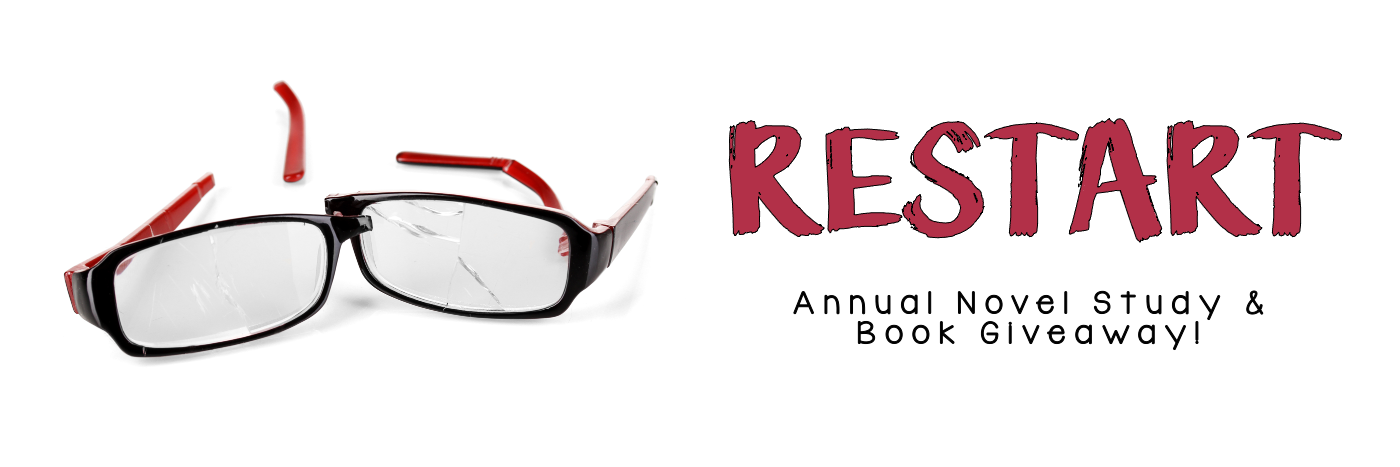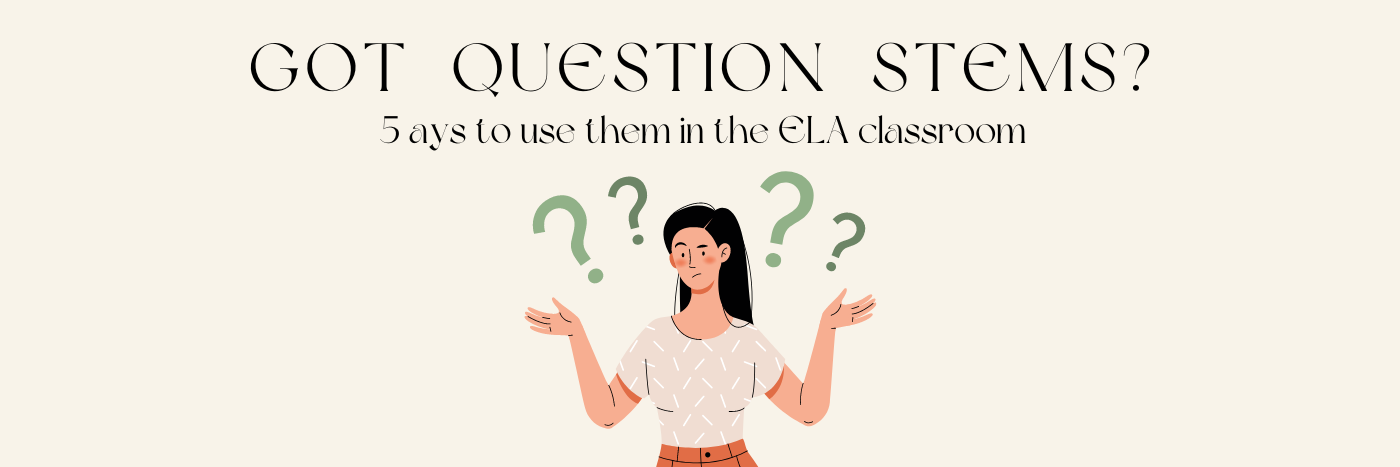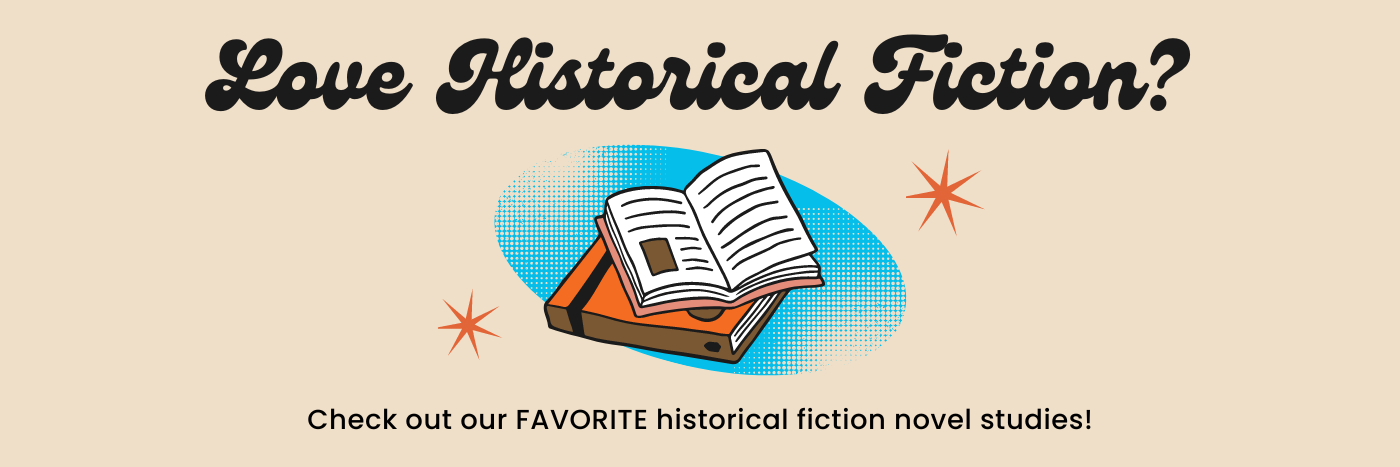
5 Questions to Ask When Making Whole Class Novel Selections
Here are 5 Questions to Ask When Making Whole Class Novel Selections. The questions can serve as a guide when selecting books to read and study in the classroom. The explanations focus on a middle grade context, but the principles easily apply to upper elementary or high school as well.
Question 1 | Does this novel help create an inclusive and diverse curricular experience for students?
Do you teach To Kill a Mockingbird, The Giver, Of Mice and Men, Hatchet, Holes? These books are classic middle grades novels. Many students are indeed fans of these novels and teaching them can be fun. Yet, if a year-long curriculum includes them all (or others like them), a students’ exposure to diverse perspectives comes up woefully short. When choosing a book to teach, create a list and note the main perspectives narrated through it. Take for example The Giver: the voices of two white males predominate. A list will help you see where you could add additional voices and perspectives. Your list is a simple step to reflect on whether the texts you are putting in students’ hands truly promote diversity and inclusivity.
Question 2 | Does this novel highlight a perspective that has not been explored by students?
To piggyback on the question above, select books that capture a range of perspectives, including gender, race, age, socioeconomic status, nationality, ethnicity, religion, and more. Comprehensively review your list. What voices are heard most often? Are they representative of our society as a whole? Your students – and the world – are diverse and exposure to different perspectives is a critical way to help young people expand their worldview and develop empathy. So, create a list of the books you want to teach over the course of the year and describe the main characters and the perspectives they capture. If you find that many of the novels are similar, it is time to mix it up and find new voices.
Question 3 | What are the opportunities to connect and apply this new perspective to the real-world?
Ever get the question: Why does this matter to me, right now? Young people crave a relatable, real-world connection when reading books. The best books not only make a real-world connection apparent but also present a true opportunity for students to apply this connection to their world. They help move the students from seeing themselves as passive readers to active creators. For instance, select a novel with a questionable crime and engage students in a mock trial. If you teach The One and Only Ivan, involve students in a project to advocate or raise funds for the local animal shelter. Selecting novels with diverse perspectives is a start, but you also want your choices to give students someplace to go. Make selections that offer opportunities for them to connect, apply, and act on the themes in the world around them.
Question 4 | What are the opportunities to connect the novel to another subject or discipline? Are there cross-curricular possibilities?
There are two main reasons to select novels that include cross-curricular connections with History, Science, Math, Art, Music or another education discipline. First, it is a great way to collaborate with another teacher. When students see teachers working together on a curricular experience, it generates investment. Plus, you model collaboration for them through that healthy, working relationship. Second, a novel with multiple disciplines helps facilitate an experience filled with the real-world connections and the applications mentioned above. It’s a great step to heighten engagement. For example, instead of only doing a mock trial, the History teacher could build students’ background knowledge on the history of criminal justice system. Another bonus of teaching a cross-curricular novel is for those educators that are multi-disciplinary. If you are responsible for teaching ELA and History, a thoughtfully chosen novel will allow you to synthesize across the subjects and deeply engage the students simply by guiding them to make connections between each.
Question 5 | Is the text rich in a way that allows for deep analysis or multiple interpretations?
Finally, the literary components that make up the novel matter. Select books rich with opportunities for students to discuss, debate, and generate multiple interpretations. As they do, they will grow their love for literature. Those discussions are what make literature so special to teach: the opportunity to bring out your class’ unique interpretations. In short, choose novels with appropriate text complexity that help students approach issues from various stances. As they listen to their peers’ thoughts, such texts will broaden their perspective and help develop empathy.
While these 5 Questions to Ask When Making Whole Class Novel Selections are a great start, what other questions do you ask when selecting novels for your students? We’d love to hear!
More Blog Posts
It’s time for the annual LIT Lessons Novel Study Giveaway! Year-over-year students grow and change, and those changes are often most pronounced when a new school year begins. It’s a fresh start and a restart. The message of Restart by Gordon Korman captures the spirit of new beginnings, evolving identity, and the universal experience of growing older.
Many ELA question stem resources provide vague sentence starters or surface level prompts to encourage students to engage with a text. Oftentimes, these resources lack true depth and rigor, which means students are not being adequately challenged to critically think about a text.
Middle grades historical fiction novels have come a long way from the books available ‘decades’ ago. In fact, this growing genre is now bursting with fantastic, inspiring, and insightful novels. It comes as no surprise that these books are finding their way into middle school ELA curricula…





